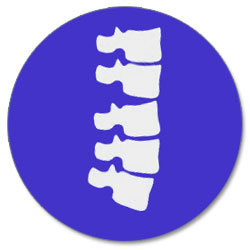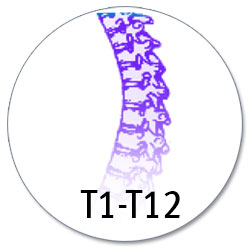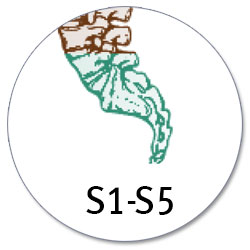
How the Spinal Cord Works
The spinal cord is a thick bundle of nerves that runs through the vertebrae (backbones) in your spine. This nerve bundle is about 18 inches long, starting at the base of your brain and ending at your buttocks.
The spinal cord acts as a super-highway between your brain and the rest of your body. Want to take a step, or wriggle a finger? The message is sent in the form of nerve impulses. The highway runs in both directions: stub a toe or touch something sharp, and those pain or pressure signals speed back up to your brain faster than you can say “ow”.

Spinal Cord Injury
A spinal cord injury is any sustained damage to the spinal cord, or the nerves at the end of the spinal canal. This can permanently impact many physiological areas, such as sensations, strength, motor ability and any other functions.
When the spinal cord is damaged, the highway is essentially closed. Nerve impulses can’t get through. This results in loss of mobility and sensation below the level of injury.

Traumatic vs Non-Traumatic
A spinal cord injury occurs because of impact to the spinal cord from a traumatic event like a car crash, a fall, a violent act or a sporting activity.
A spinal cord injury can also occur because of a cancerous tumor, inflammation or infection. These spinal cord injuries are referred to as non-traumatic.


Complete vs Incomplete
If the spinal cord is completely severed there is complete loss of mobility and sensation below the injury. If the spinal cord is not completely severed, a stream of nerve signals can still get through and may result in some feeling or movement below the injury.

Paraplegia vs Quadriplegia
The location of your injury will determine what parts of your body have loss of mobility and sensation. The higher the injury, the more body parts that are affected. Of all people who have a spinal cord injury, it is about a 50/50 split for those who have quadriplegia or paraplegia.
Levels of Injury

Cervical C1-C8
- Neck injury
- All four limbs affected including hands - quadriplegia or tetraplegia
- May not be able to breathe on own
- May affect speaking
- May affect bowel and bladder

Thoracic T1-T12
- Middle back
- Trunk and legs affected - paraplegia
- May affect bowel and bladder

Lumbar L1-L5
- Lower back
- Hips and legs affected
- May affect bowel and bladder

Sacral S1-S5
- Bottom of the spine
- Hips and legs affected
- May affect bowel and bladder
